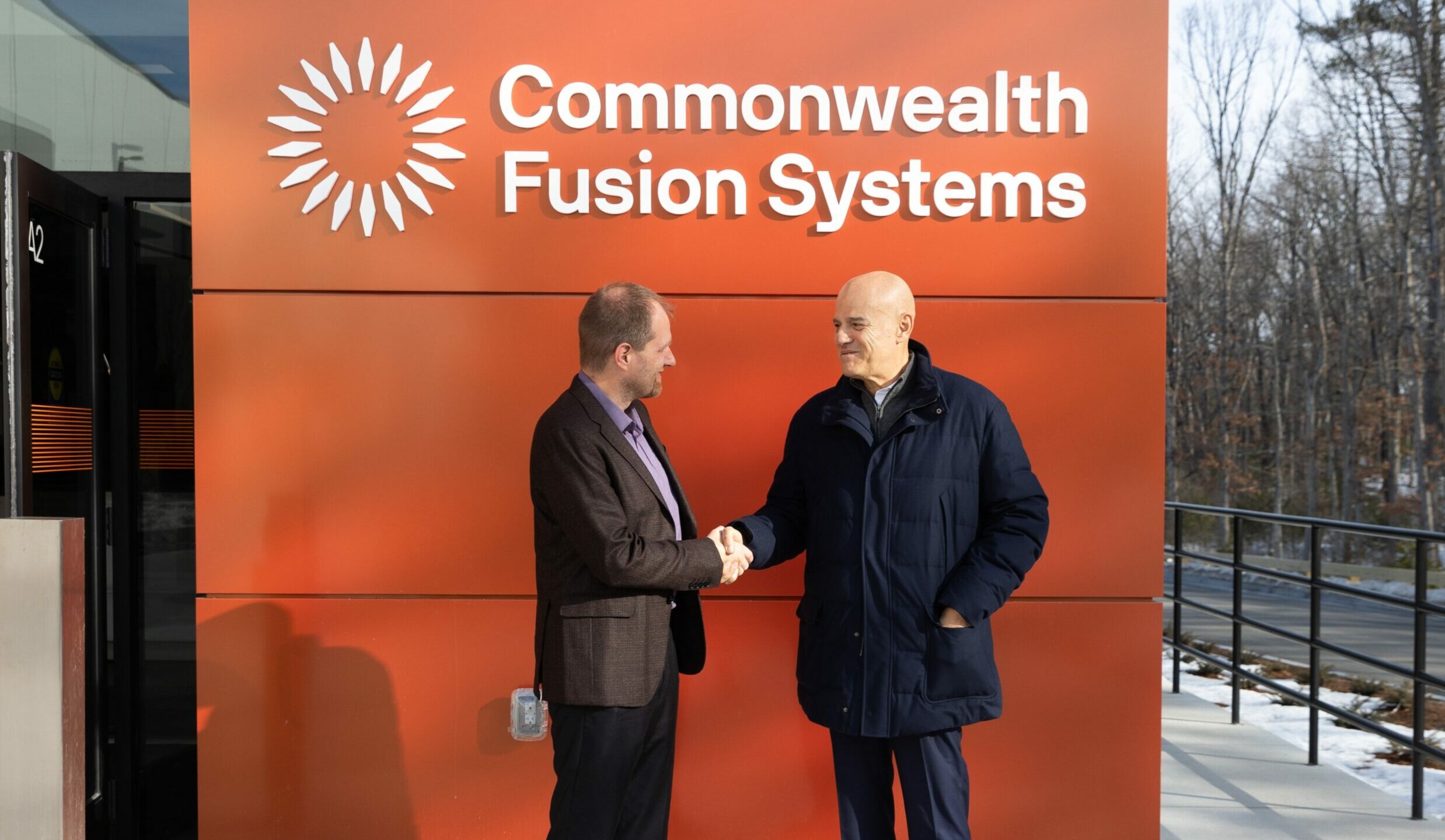Because Eni will also benefit from US subsidies for nuclear fusion

Commonwealth Fusion Systems, a promising startup backed by Eni, is also among the beneficiaries of the US $46 million nuclear fusion funding. All the details
The Energy Department recently announced a total of $46 million in funding for eight American companies involved in nuclear fusion, a process that allows large quantities of zero-emission energy to be obtained by joining the nuclei of light atoms (like hydrogen) at very high temperatures (hundreds of millions of degrees Celsius).
THE NUCLEAR FUSION
Nuclear fusion works in the opposite direction to fusion, the reaction used in currently active nuclear reactors, and has been tested since the 1950s, but without major successes. Last December, the United States successfully completed a so-called historic experiment , but the technology still remains far from commercial success.
There are, in the world, about thirty companies committed to producing electricity from nuclear fusion, which could make – in the long term – a very important contribution to the decarbonization process; the waste products of the reaction, moreover, have low radioactivity and are rapidly decaying.
THE PUBLIC-PRIVATE MODEL OF THE UNITED STATES
Through the Milestone-Based Fusion Development Program, the US Department of Energy therefore wants to support the development of nuclear fusion demonstration plants within a decade. Energy Secretary Jennifer Granholm said that “the Biden-Harris administration is committed to collaborating with innovative researchers and companies across the country to take fusion power beyond the lab and into the grid,” i.e. from the experimental stage for commercial use.
This public-private approach has been taken up, by explicit admission of the US government, by NASA's Commercial Orbital Transportation Services, a program that has successfully contributed to the development of companies capable of transporting personnel and supplies to the International Space Station.
THE NUCLEAR FUSION COMPANIES WHICH WILL GET THE FUNDS
The eight companies that will have access to the $46 million fund are Commonwealth Fusion Systems, Focused Energy, Princeton Stellarators, Realta Fusion, Tokamak Energy, Type One Energy, Xcimer Energy and Zap Energy.
HOW THE FINANCING WORKS
The funding comes from the 2020 Energy Act , a provision dedicated to the development of technologies critical to American energy and national security, and will last eighteen months. The projects could have a duration of five years, and arrive at the receipt of additional funds – subject, however, to the approval of Congress and to the scientific and engineering goals achieved – for a total of 415 million.
Further support came from the CHIPS and Science Act of 2022, a law usually associated with microchips but which actually also deals with advanced energy technologies.
EXPENDITURE FORECASTS
Last year, private magnet or laser nuclear fusion companies—the two leading technologies, simplifying—and government laboratories spent $500 million in their supply chains, according to a survey by the Fusion Industry Association, a trade association. : steel, concrete and superconducting cables, for example.
These entities expect to spend around 7 billion once their plants go online, and even figures in the trillions when the fusion industry has reached a certain maturity (between 2035 and 2050, according to forecasts).
WHAT DOES ENI HAVE TO DO WITH IT?
One of the eight American companies that will access public funds, Commonwealth Fusion Systems, is linked to the Massachusetts Institute of Technology (MIT) and is backed by Eni, which has invested in it since 2018 and is a strategic shareholder.
On 9 March Eni and the Commonwealth signed an engineering and management collaboration agreement for the "development and distribution of fusion energy on an industrial scale".
OTHER LENDERS
In addition to Eni, Commonwealth has raised a total of over $2 billion in venture capital from Google, Breakthrough Energy Ventures (Bill Gates' fund for clean technologies), John Doerr, TIME Ventures (the fund owned by Marc Benioff, founder by Salesforce ) and more. No other nuclear fusion startup has managed to put together such a large amount, according to the Fusion Industry Association.
THE OBJECTIVES OF THE COMMONWEALTH
Commonwealth aims to industrialize its magnetic fusion technology over the next decade. SPARC, a pilot magnetic confinement fusion plant – it will be the first in the world – is expected to be operational in Massachusetts by 2025, aiming to produce energy at a net gain. SPARC will be followed by ARC, described as the first industrial fusion power plant capable of feeding electricity into the grid: it is expected to be operational in the early part of the 2030s.
This is a machine translation from Italian language of a post published on Start Magazine at the URL https://www.startmag.it/energia/stati-uniti-fusione-nucleare-finanziamento-46-milioni/ on Wed, 14 Jun 2023 10:04:31 +0000.
